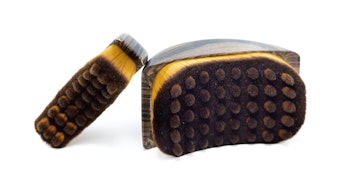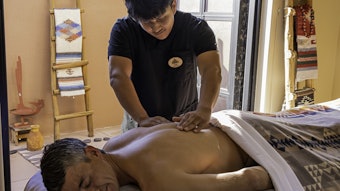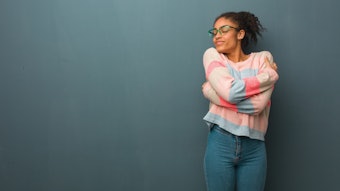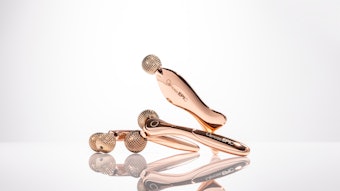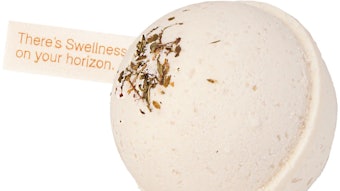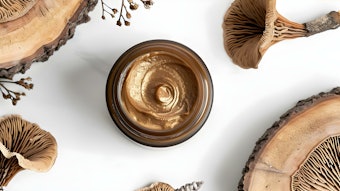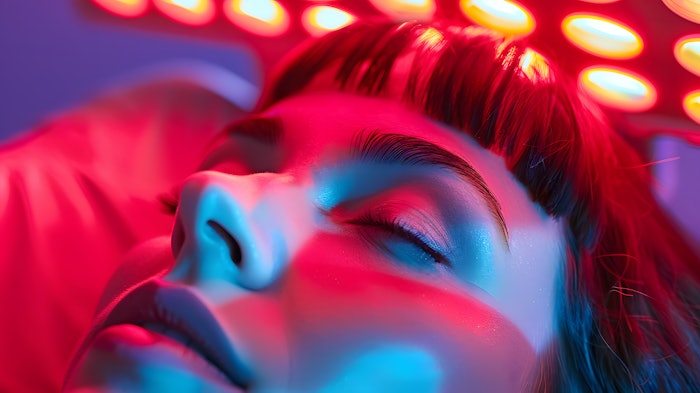
It’s hard to imagine, but light therapy has been around for over 100 years. It wasn’t until 1967 that Hungarian physician, Endre Mester, developed the first low-level laser device. He started experimenting with two groups of mice. Group one was treated with the laser. Group two was left alone. He noticed that the hair in the treated group grew back more rapidly than the untreated group. Later, he would go on to treat skin cancer patients, assisting with ulcers and wound healing.
Light therapy got an upgrade in the 90s. By this time, light therapy transitioned into LED. The upgrade allowed the bulbs to be more efficient, and as luck would have it, cheaper to produce. LED bulbs aren’t as strong as lasers. However, the bulbs from LEDs were able to stream consistent rays of light. In 2002 the FDA approved a low-level laser therapy device. By now, there were many different colors, but today we’re sticking with red.
So, what are the benefits of red-light therapy (RTL)? Studies have shown it can increase collagen and elastin, and it aids in wound healing. It can also soften the appearance of lines and wrinkles. It has also been used to treat skin lesions, acne and psoriasis. Dermal healing is increased through fibroblast activity. Fibroblast growth factors signal receptors. This helps regulate a wide range of biological functions. These include cellular migrations, proliferation and survival. The light itself stimulates the body on a cellular level. More specifically, certain cells absorb the light wavelengths. This stimulation helps the cells repair skin, decrease inflammation and increase blood circulation.
RLT uses low-level red-light wavelengths to target specific cells in the body. The light is absorbed by the mitochondria, often referred to as the powerhouse of the cell, which then uses it to produce more energy. The increase in cellular energy triggers a cascade of beneficial effects.
Related: Body Benefits of LED
Benefit Breakdown
As previously mentioned, RLT may be effective in wound healing, reducing fine lines and wrinkles, and improving the skin texture by stimulating collagen production and increasing blood circulation. RLT has been shown to reduce inflammation and pain often associated with muscle tenderness and conditions like arthritis. Patients with skin conditions such as plaque psoriasis and eczema have benefited greatly from the use of RLT.
Studies have shown RLT can reduce the appearance of scars and acne. It has also been used to stimulate hair growth, and patients that suffer from androgenic alopecia have shown significant results over time.
RLT holds promise as a therapeutic treatment for a variety of conditions. Moving forward, more clinical trials may be needed to determine its long-term efficacy.
References
